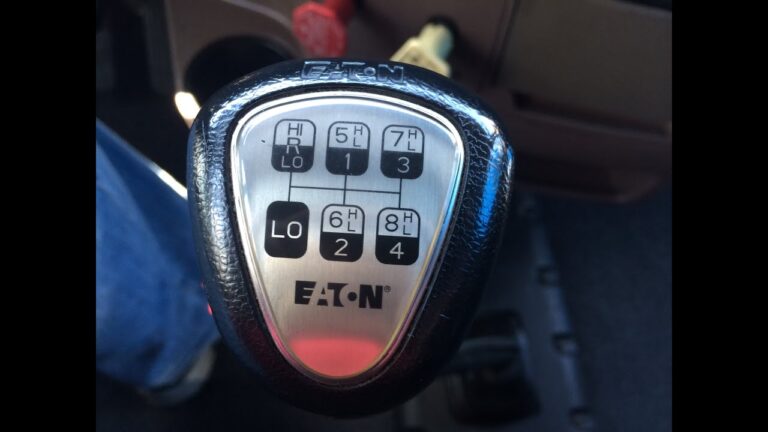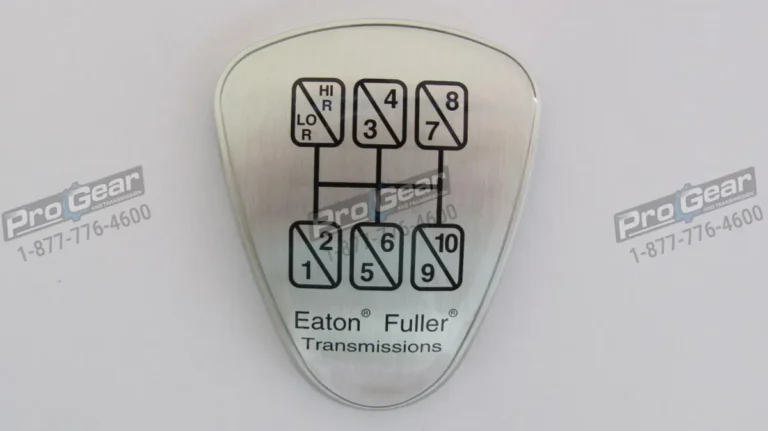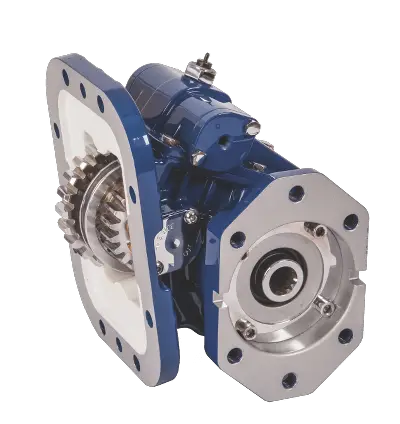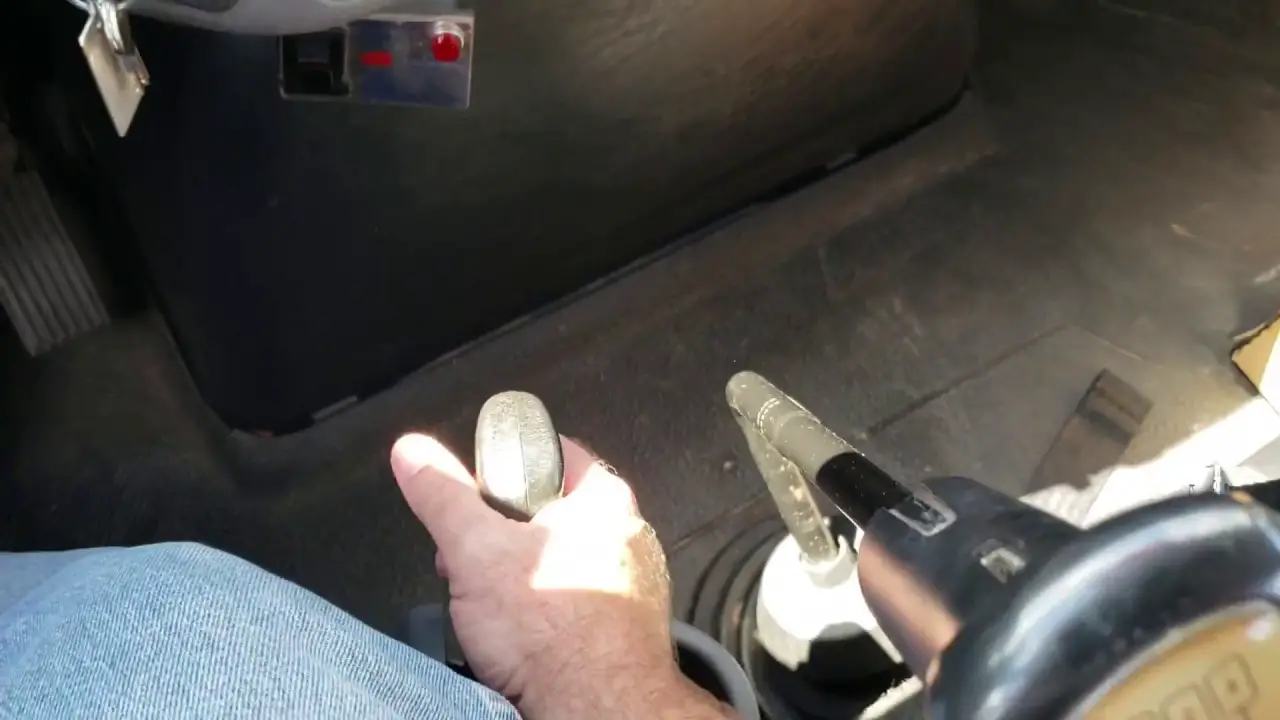
To engage PTO on manual transmission, shift to neutral, depress clutch, engage PTO, then release clutch. Engaging the Power Take-Off (PTO) on a manual transmission involves shifting to neutral, depressing the clutch, engaging the PTO, and then releasing the clutch.
PTOs for manual transmission-equipped trucks typically use a Mechanical Shift PTO, where gears slide in and out of engagement via a shift lever or solenoid, requiring the engine clutch to be actuated for decoupling from the transmission. Understanding the process of engaging the PTO on a manual transmission is crucial for operating various heavy-duty vehicles and equipment.
Let’s delve deeper into the mechanism of engaging PTOs and the necessary steps to ensure a seamless and efficient operation.
Navigate As You Want: [show]
Exploring Pto Engagement On Manual Transmission
A common PTO for manual transmission equipped trucks is the Mechanical Shift PTO. The gears slide in and out of engagement by activating a shift lever controlled manually, or with a solenoid. Shifting these PTOs requires the engine clutch to be actuated to decouple the engine from the transmission.
There are various types of PTOs for manual transmissions, including the Mechanical Shift PTO, Air Valve Engaged PTO, Electric Shift PTO, and Hydraulic Engaged PTO. Each type has its own advantages and considerations.
For dump trucks, the process of engaging the PTO can vary depending on the specific model. Some dump trucks have a cable mechanism, where the PTO is engaged by pulling a cable in the cab while the transmission is in neutral and the clutch is depressed. Others may use an air valve, mechanical linkage, or electric or hydraulic mechanism to engage the PTO.
It is essential to refer to the manufacturer’s instructions and guidelines for your specific truck model to ensure proper PTO engagement and operation.
| Types of PTOs for Manual Transmission Equipped Trucks |
|---|
| Mechanical Shift PTO |
| Air Valve Engaged PTO |
| Electric Shift PTO |
| Hydraulic Engaged PTO |
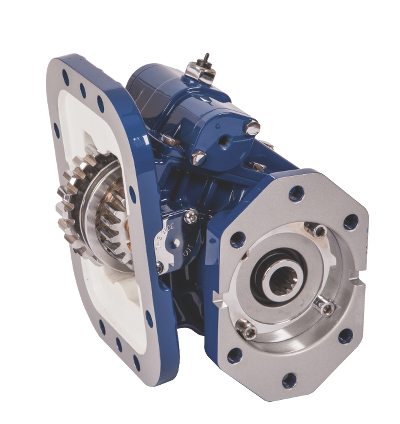
Credit: www.munciepower.com
Engagement Techniques For Manual Pto
Engagement Techniques for Manual PTO on a manual transmission involve mechanical engagement via a shift lever or remote control mechanisms. Mechanical Shift PTOs typically require the engine clutch to be actuated to decouple the engine from the transmission. A common PTO for manual transmission equipped trucks is the Mechanical Shift PTO. Operating a mechanical PTO often involves pulling a cable in the cab or using a shift lever to engage the PTO. Additionally, remote control mechanisms can be used to engage and disengage the PTO, with options such as air valves, mechanical linkages, electric, or hydraulic mechanisms. These mechanisms operate on the PTO itself, providing the flexibility of engagement without physically interacting with the PTO system.
Best Practices For Pto Engagement
Utilizing a PTO on a manual transmission requires understanding clutch actuation to decouple the engine from the transmission. Various mechanisms such as air, mechanical, electric, or hydraulic can be used for PTO engagement. For manual transmission-equipped trucks, a common type of PTO is the Mechanical Shift PTO. These PTOs involve activating a shift lever manually or with a solenoid, requiring the engine clutch to be actuated for decoupling.
Safety Measures And Troubleshooting
Engaging the PTO on a manual transmission requires ensuring the truck is in neutral, press down the clutch, and activate the PTO lever. Be cautious to follow safety measures and troubleshoot potential issues to operate smoothly. Regular maintenance and proper procedures help prevent damage and ensure optimal PTO performance.
|
|
Enhancing Pto Performance
When engaging the PTO on a manual transmission, it is important to understand the proper technique. Avoid grinding by disengaging the clutch before engaging the PTO, ensuring smooth operation.
| Enhancing PTO Performance |
| Optimizing PTO Engagement for MAN Trucks |
| Maintaining PTO Efficiency in Various Truck Models |
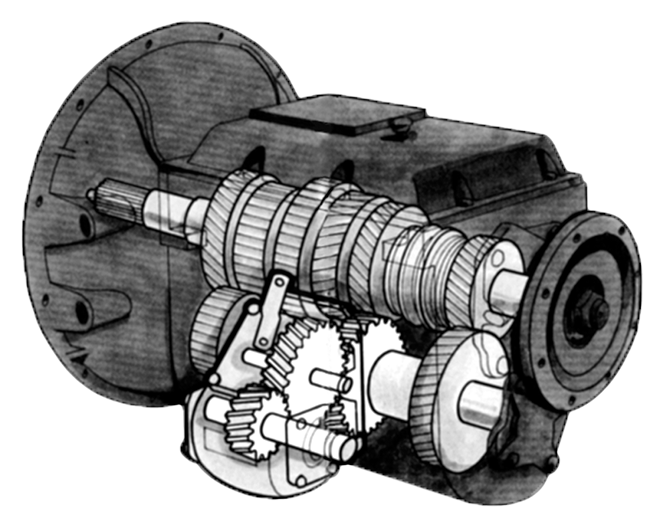
Credit: www.chelseaptopart.com
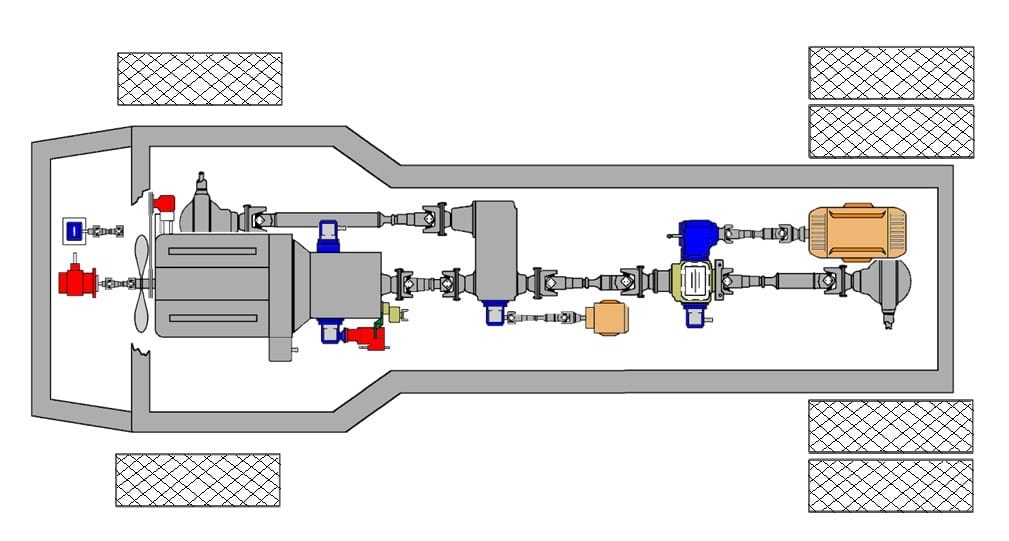
Credit: wasteadvantagemag.com
Frequently Asked Questions Of How To Engage Pto On Manual Transmission
How Do You Manually Engage Pto?
To engage the PTO manually, shift the PTO on the manual transmission and activate the shift lever. The engine clutch should be actuated to decouple the engine from the transmission. The PTO is engaged and disengaged using the main transmission clutch and a remote control mechanism.
How Does A Pto Work On A Manual Transmission?
A manual transmission PTO works by manually shifting gears with a lever or solenoid, requiring the engine clutch to decouple. Activation can be through a mechanical linkage, electrical, or hydraulic mechanism, controlled by remote mechanisms, such as air valves. The PTO is engaged and disengaged with the main transmission clutch.
How Do You Engage Pto On A Dump Truck?
To engage PTO on a dump truck with a manual transmission, follow these steps: 1. Ensure the transmission is in neutral. 2. Depress the clutch pedal. 3. Activate the PTO using the designated lever or control mechanism. 4. Release the clutch pedal to engage the PTO.
5. To disengage, depress the clutch pedal and deactivate the PTO control. Remember to always consult the specific vehicle’s manual for detailed instructions.
How Does A Pto Engage?
To engage a PTO on a manual transmission, use the main clutch and a remote control mechanism. Typically, an air valve, mechanical linkage, electric, or hydraulic mechanism is used.
Conclusion
To engage the PTO on a manual transmission, it is important to understand the different types of PTOs and gear configurations available. Typically, manual PTOs require the engine clutch to be actuated to decouple the engine from the transmission. The gears slide in and out of engagement by activating a shift lever controlled manually or with a solenoid.
It is crucial to follow the manufacturer’s instructions and use the appropriate mechanisms, such as a cable or air valve, to engage and disengage the PTO safely. Remember to always use the clutch when powering the PTO for manual transmissions.

